Automatic Timed Heating and Power Off Requirements
No need for requirements analysis, simply put, I’m lazy. I don’t want to heat water every day. Don’t tell me to keep it on all the time; my NAS isn’t always on either, energy saving is a nationwide action.
-
Power-on timing settings
-
Power-off timing settings
-
Power-on startup signal feedback
-
Power-off signal feedback
-
Productization: The timed power on/off function can be productized. The last remote control required a public IP… you know what I mean. However, adapting the infrared signals from different manufacturers’ water heaters is a big workload.
Below is the remote control function I developed last time
I bought a water heater a few years ago, and for various reasons, I ended up not buying one with WiFi. Later, I found that it was very necessary to remotely control the water heater’s startup from outside.
This type of storage water heater generally has a power of 2000W-3000W, and heating a whole bucket of water takes a long time. So many times when I come home late, I can only wait for the water to heat up slowly… It would be great if I could spend the least amount and use a simple device to add a remote WiFi control feature to the water heater.
After much consideration, I finally filled this gap. We city folks know how to have fun, right?
-
ESP8266 NodeMCU V3 (V1 is also okay; I switched to V3 because there was an issue with the 3D printed case for V1)
-
Infrared transmitter tube (about 1 yuan for 5)
-
Resistors (100-200 ohms are fine)
-
Case (optional)
-
Power supply (micro USB power cable, phone charger)
-
Double-sided tape (for fixing the case and infrared transmitter tube)
3D printed case reference:【Experience】Thanks to my friend for sending a portable oscilloscope, unboxing experience of the portable oscilloscope
As shown in the image:
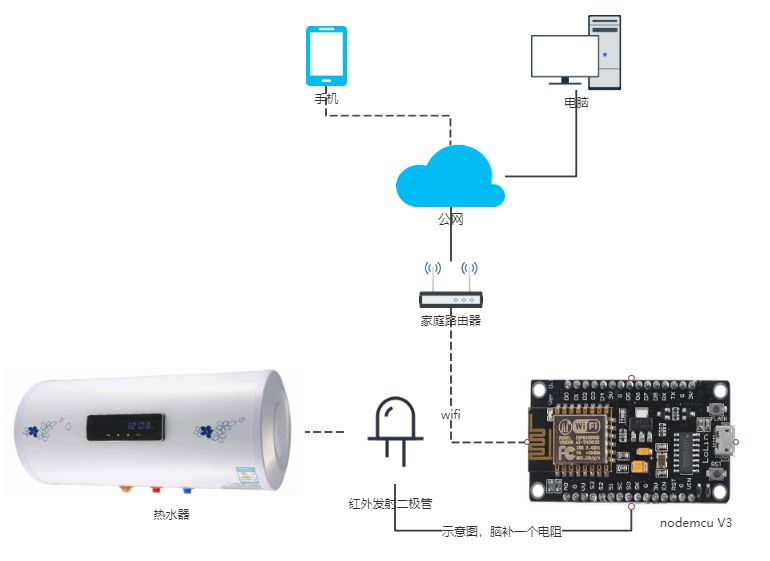
-
ESP8266 (NodeMCU) connects to the public network via home WiFi
-
Mobile phone or computer controls ESP8266 via the internet
-
ESP8266 simulates the original remote control to send infrared on/off signals to control the water heater
-
It’s that simple
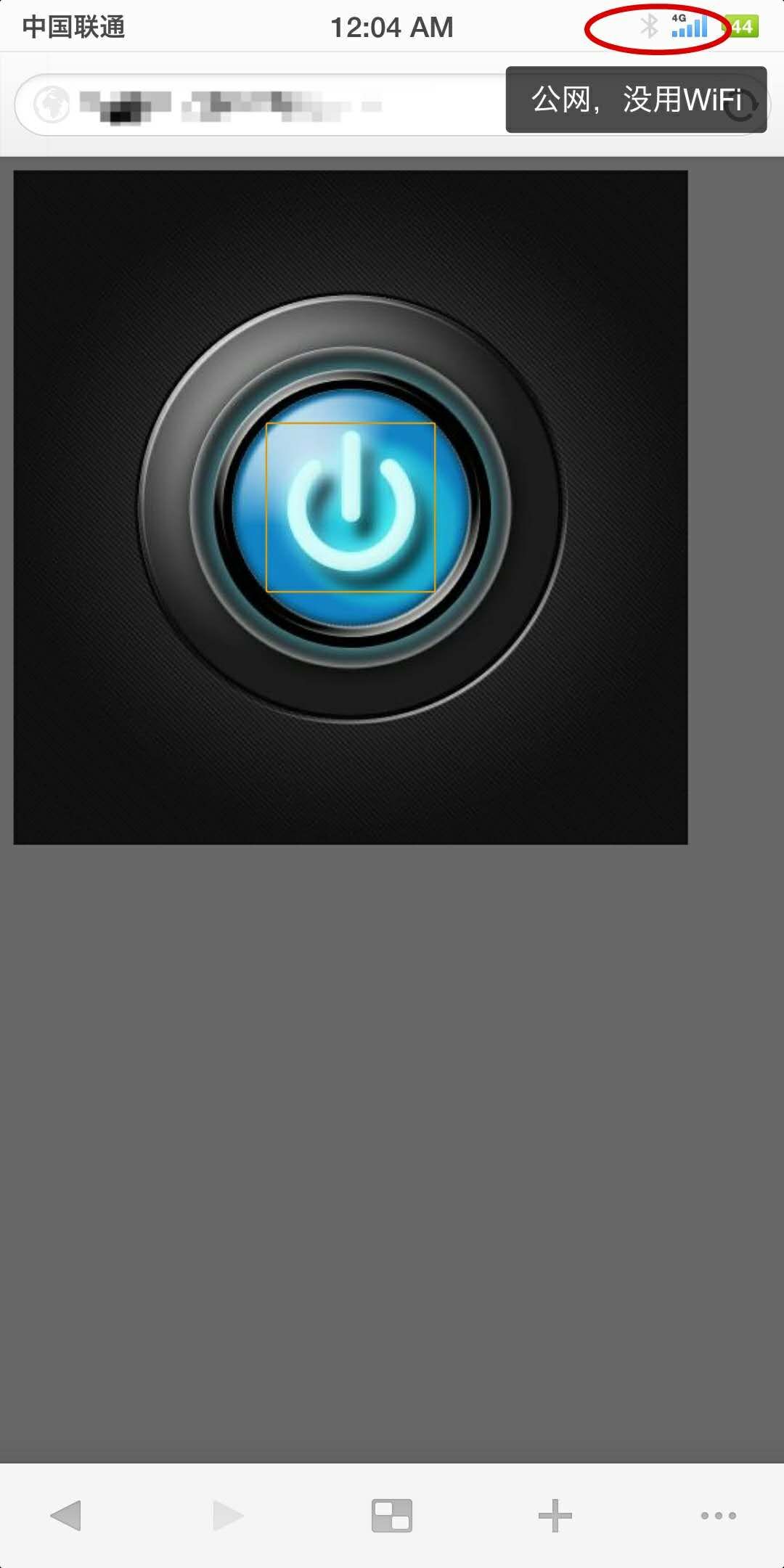
-
Simple and straightforward – only created a large power button
-
Used traffic simulation for external network testing
-
Web interface, not internal network penetration; using port forwarding, don’t ask me about public IP

-
Nothing more to say, don’t look down on Unicom, it really works well (I’ll tell you more about this later, this is not an advertisement)
Close-up
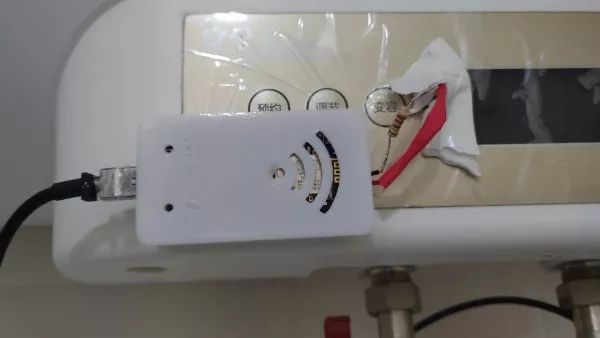
The red part is heat shrink tubing to prevent short circuit, the resistor is just a resistor, exposure issues are not too critical, needs improvement.
Far photo
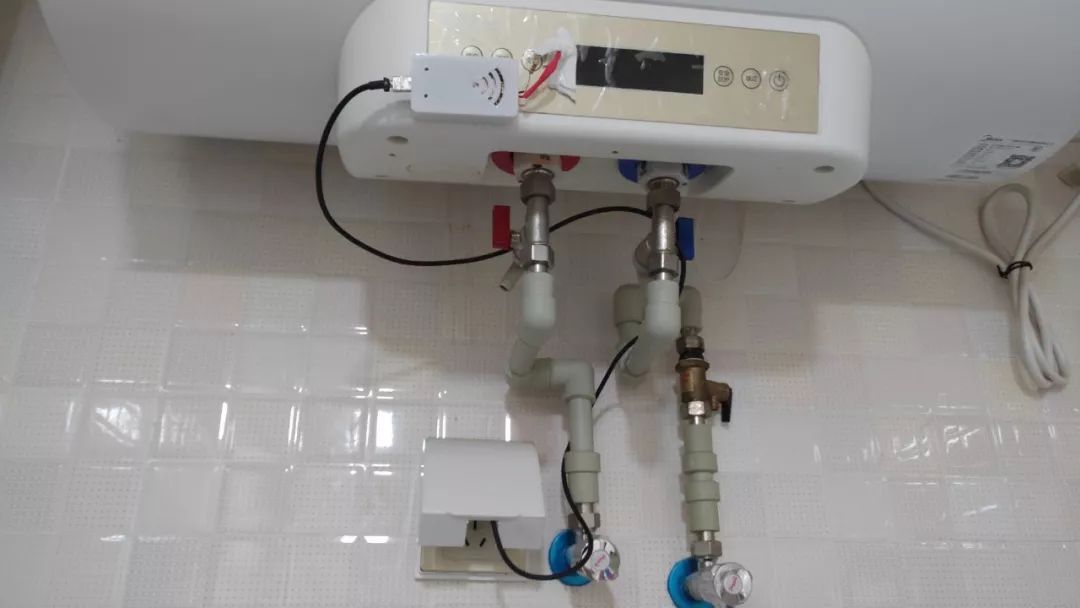 Thanks to netizens for reminding me, the bathroom has high humidity, which may cause problems, so I added a plastic wrap; double-sided tape is really useful.
Thanks to netizens for reminding me, the bathroom has high humidity, which may cause problems, so I added a plastic wrap; double-sided tape is really useful.
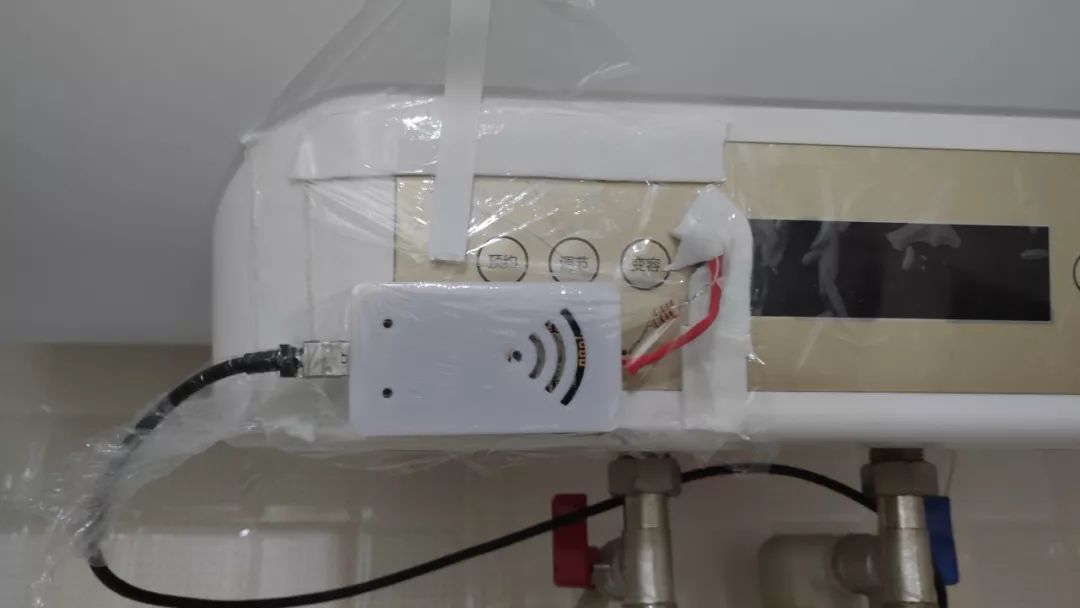
The red wire in the picture is heat shrink tubing to prevent the infrared transmitter LED pins from shorting. Don’t ask if this is safe; it is not connected to 220V, but controls the water heater switch by simulating the remote control via infrared.
01
Power-On Success Feedback Function: The infrared receiver position of the water heater is not very certain (because it is too troublesome to disassemble the water heater), sometimes when I press the button on the phone, it may not start. It can be confirmed whether it is powered on using a camera or a light-sensitive resistor.
02
Fancy Interface: People rely on appearances, a high-end interface is really necessary, even if the requirement is just a power button.
03
Replace Protruding Wires with Hard Wires: This would make it easier to locate the infrared receiver position of the water heater, avoiding the need to use tape to secure the infrared transmitter tube.
04
Power Cable Routing: A bit careless.
05
Add Password Login
Thanks to Wang Eric for guidance in writing this article.
Thanks to the enthusiastic netizen “College Classmate” for the 3D printed case
Thanks to friends at Ruixun Electronics for providing the portable oscilloscope

